Studying bird vomit was not what SARDI’s Lachlan McLeay had in mind when he first set out to count sardines.
But now he’s worked out he can gauge sardine abundance through looking at the diet, health and population dynamics of crested terns.
“Crested terns are a small fish-eating seabird living in marine waters of South Australia,” explains Lachlan.
“My data shows that information collected from crested terns can be used to monitor marine ecosystem health, such as the abundance of sardines in the ocean.”
Lachlan’s work centered around two major sardine mortality events: in 1995 and 1998, when approximately 70% of adult sardines in South Australian waters died due to a virus.
Lachlan found that terns rely on sardines in their diet (that’s where the vomit comes in) and that chick survival correlated directly with sardine abundance during those periods. Using GPS tracking devices, he also found that adult terns had a restricted foraging range, making them particularly vulnerable to losses in local sardine numbers.
“My data shows that we can use terns to help us inform conservation strategies and manage marine resources better,” Lachlan says.
Lachlan hopes that terns will provide a tool for enhancing management practices for Australia’s largest fishery, the South Australian Sardine Fishery.
Lachlan presented his research at Fresh Science South Australia 2015.
Fresh Science is a national program that helps early-career researchers find and share their stories of discovery. Over 30 early-career researchers nominated for Fresh Science SA, which was held at the South Australian Museum (training) and The Lion Hotel (public challenge event).
Fresh Science South Australia was supported by the The University of South Australia, The University of Adelaide, Flinders University and the South Australian Museum.
Contact: Lachlan McLeay, South Australian Research & Development Institute (SARDI), lachlan.mcleay@sa.gov.au

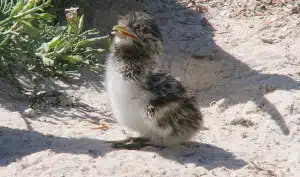
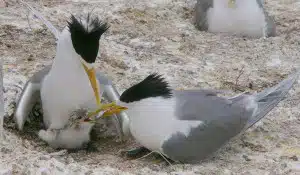


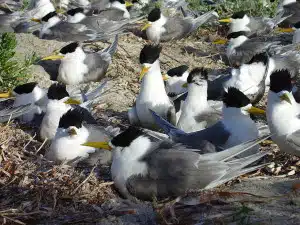
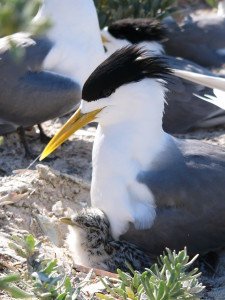


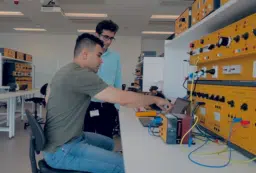

 Fresh Science is on hold for 2022. We will be back in 2023.
Fresh Science is on hold for 2022. We will be back in 2023.